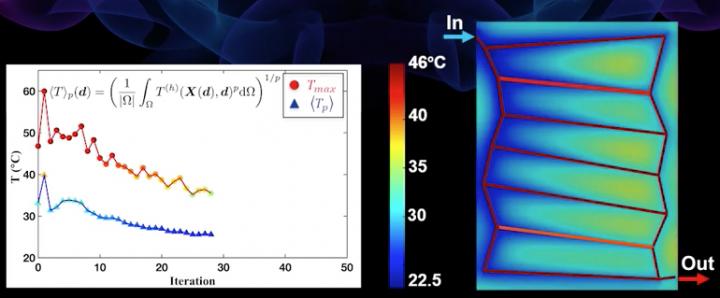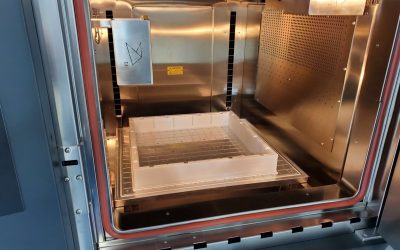The complex network of veins that keeps us cool during the heat of summer has inspired engineers to create novel thermal management systems.
.
But replicating the circulatory system, in form or function, has been no easy task. Recently, a team of researchers from Drexel University and North Carolina State University have created a computational platform that could be the key to mimicking the body’s evolutionary optimized cooling system.
.
Microvasculature In a study published in the International Journal of Heat and Mass Transfer , Ahmad Najafi, PhD, a professor in Drexel’s College of Engineering, and his faculty collaborator, Jason Patrick, PhD, from North Carolina State University, report on how a computational technique they developed can quickly produce designs for 3D printing carbon-fiber composite materials with an internal vasculature optimized for active-cooling. “When you get hot, the body sends a […]
Case Study: How PepsiCo achieved 96% cost savings on tooling with 3D Printing Technology
Above: PepsiCo food, snack, and beverage product line-up/Source: PepsiCo PepsiCo turned to tooling with 3D printing...




0 Comments